Buyer Guide
Handheld Laser Welder for Aluminum
In today’s manufacturing industry, precision is everything. When it comes to welding metals, accuracy and durability are crucial to ensure the finished product meets the highest standards. This is where laser welding machines come into play. With their precision and efficiency, they have become a popular choice for welding various metals, including steel and aluminum.
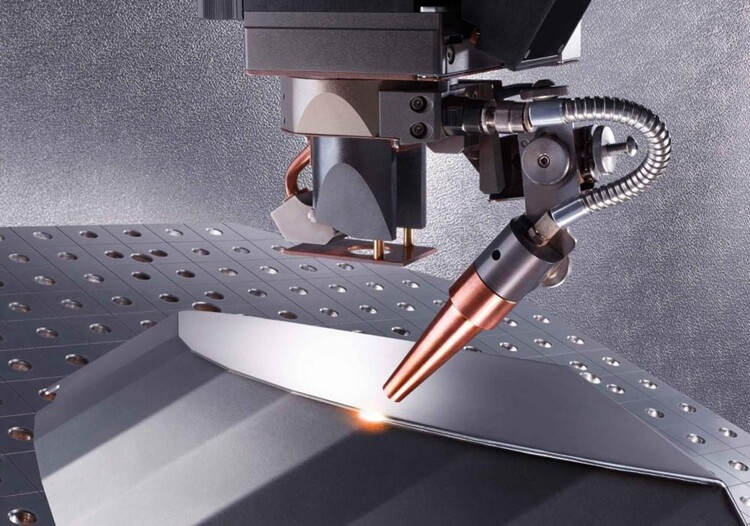
Aluminum is an increasingly important material across many industries, from automotive and aerospace to electronics and consumer goods. Its lightweight, corrosion resistance, and excellent strength-to-weight ratio make it an attractive choice for engineers and manufacturers.
Aluminum’s high reflectivity and thermal conductivity make it harder to consistently achieve deep, strong welds. Traditional welding methods like MIG and TIG can struggle to deliver the required weld quality and productivity for aluminum parts. This is where the rise of handheld laser welding technology is proving to be a game-changer.
In this guest post, we’ll explore the key benefits of using handheld laser welders for aluminum, the technical considerations, and real-world examples of this innovative welding approach in action.
Aluminum Laser Welder
Welding aluminum requires a high level of skill and precision, as the metal is highly reflective and can easily distort during the welding process. This is where laser welders for aluminum come in. Laser welders use a highly concentrated beam of light to weld the aluminum, resulting in a clean and precise weld. The process is also less damaging to the metal, reducing the risk of warping or distortion.
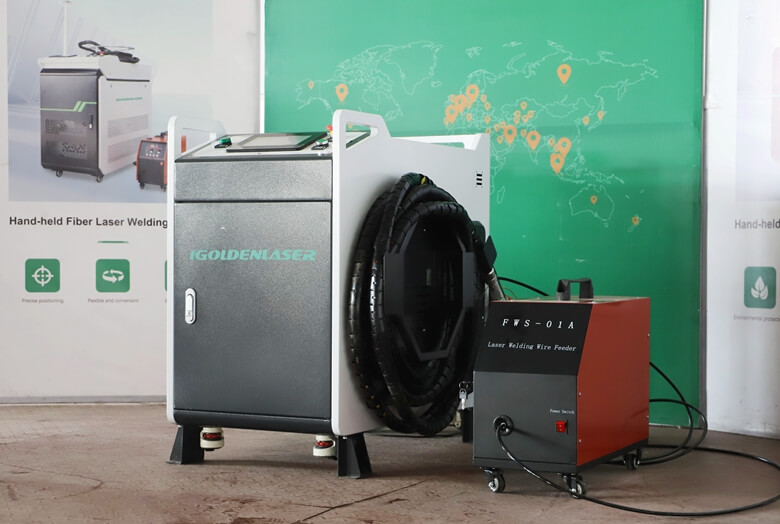
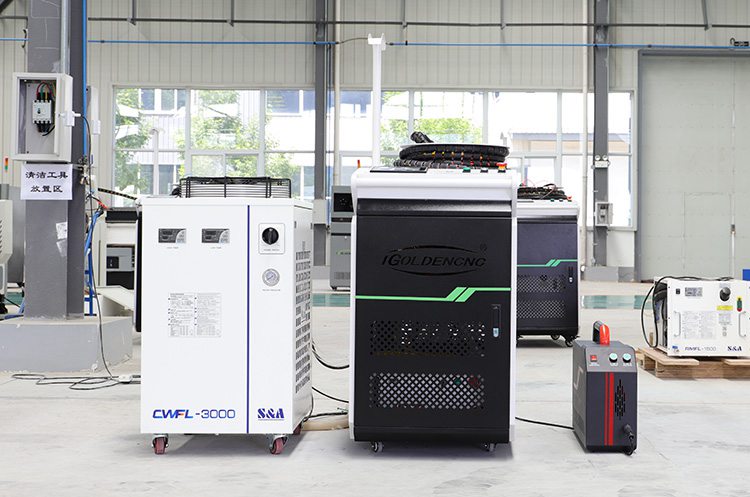
Laser welding aluminum
Aluminum laser welder is mainly aimed at the laser welding of long-distance and large workpieces, overcoming the limitation of the travel space of the worktable, the heat-affected area during welding is small, and it will not cause the problem of work deformation, blackening, and traces on the back, and the welding depth is large and the welding is firm, fully melted, not only can achieve thermal conduction welding, but also continuous deep penetration welding, spot welding, butt welding, stitch welding, sealing welding, seam welding and so on.
This process subverts the working mode of the traditional laser welding machine. Aluminum laser welding machine has the advantages of simple operation, beautiful welding seam, fast welding speed, and no consumables. It can weld thin stainless steel plates, iron plates, galvanized plates and other metal materials, laser welding aluminum machine can perfectly replace traditional argon arc welding, stainless steel plate, iron plate, aluminum plate and other metal materials welding.
Another advantage of laser aluminum welding is that it produces clean and aesthetic welds. The laser beam welding tools can be programmed to weld in a specific pattern, which results in a neat and uniform weld. The weld is also free of spatter, which can be a common problem with traditional welding techniques. This produces a cleaner and more aesthetically pleasing weld that is ideal for applications where appearance is important.
Applications of Aluminum Laser Welding Machine:
Automotive Manufacturing
In the automotive industry, lightweight aluminum is increasingly being used for body panels, structural components, and powertrain parts. Handheld laser welding systems have proven valuable for joining these aluminum assemblies on the production line.
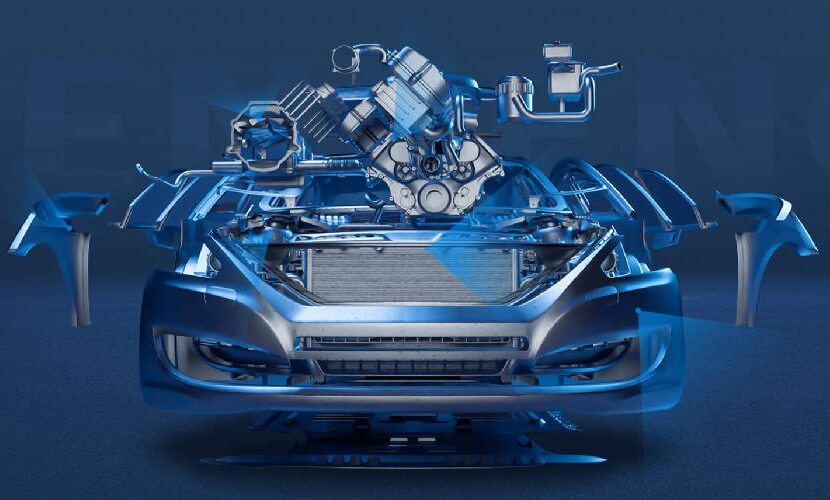
One leading automaker utilizes a portable fiber laser welder to assemble aluminum door frames. The compact, maneuverable design of the handheld unit allows welding in confined spaces that would be difficult to access with larger, fixed equipment. The laser’s high energy density enables deep, full-penetration welds without the need for extensive joint preparation or filler materials.
This has resulted in a 30% reduction in cycle time compared to their previous MIG welding process, boosting productivity on the assembly line. The narrow, consistent laser welds have also improved the structural integrity and appearance of the aluminum door frames.
Aerospace Maintenance and Repair
In the aerospace industry, handheld laser welding is making an impact in maintenance and repair of aluminum aircraft components. The ability to perform high-quality welds on-site, without the need to remove and transport large parts, offers significant advantages.
A major commercial airline uses a portable laser welder to repair damaged wing skin panels made of aluminum alloys. The laser’s precision allows technicians to deposit weld material only where needed, minimizing the affected area. This reduces the time and cost of repairs compared to traditional TIG welding methods.
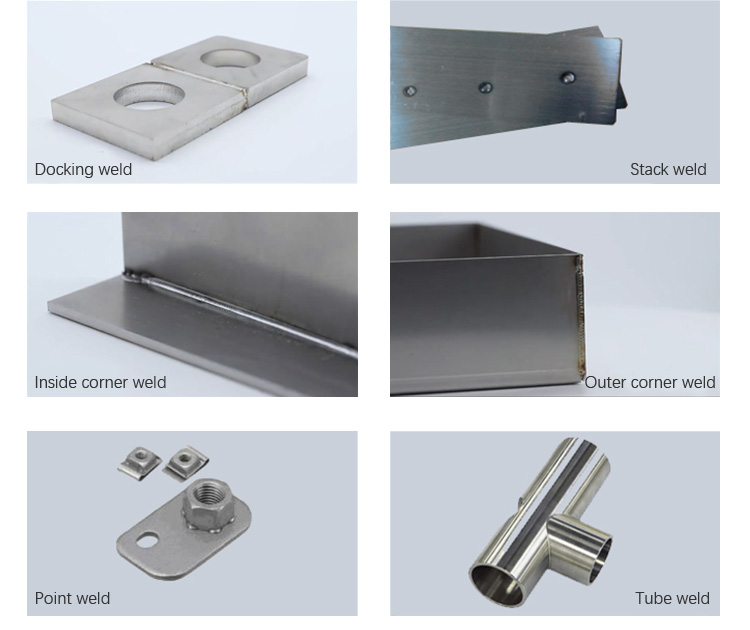
Additionally, the smaller heat-affected zone of laser welding helps preserve the original metallurgical properties of the aluminum, maintaining the component’s structural integrity. This is a critical consideration for safety-critical aerospace applications.
Electronics Manufacturing
Aluminum is a popular material for heat sinks, housings, and other components in the electronics industry due to its thermal management properties. Handheld laser welding has emerged as a valuable tool for assembling these aluminum parts.
A leading consumer electronics manufacturer utilizes a portable laser welder to join aluminum heat sink fins to their device housings. The precision and control of the laser welding process ensures a strong, consistent bond without the risk of part distortion that can occur with other welding methods.
The compact, maneuverable design of the handheld laser system also allows operators to access tight spaces and complex geometries that would be difficult to reach with bulky welding equipment. This flexibility enables the electronics maker to optimize their assembly processes and minimize rework.
These case studies illustrate how handheld laser welding is transforming aluminum fabrication and repair across diverse industries. As the technology continues to evolve, we can expect to see even wider adoption of this innovative welding approach.
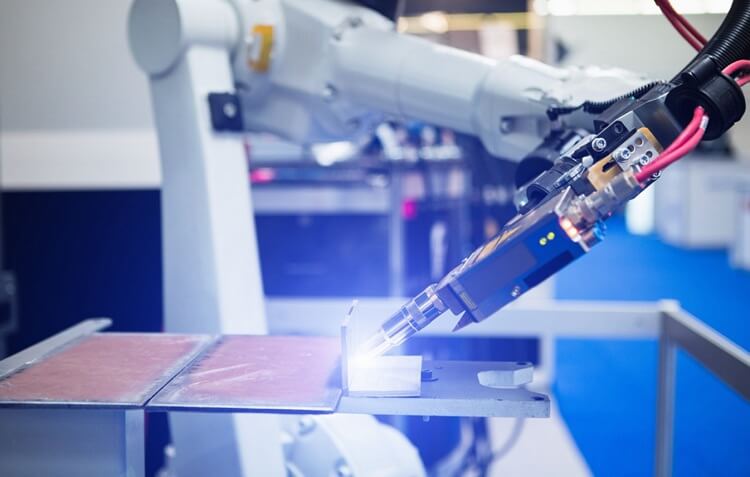
The Future of Handheld Laser Welding for Aluminum
The rapid advancement of laser technology, particularly fiber lasers, has been a key enabler for the rise of handheld laser welding systems. As these portable units become more powerful, versatile, and user-friendly, we can expect to see several exciting developments in the years ahead:
Increased Automation and Intelligence
Next-generation handheld laser welders will likely incorporate more advanced automation and smart features. This could include robotic guidance systems, real-time weld monitoring, and automated parameter adjustment to ensure consistent, high-quality results.
Expanded Material Capabilities
While aluminum is currently a primary focus, future handheld laser welders may expand their material capabilities. This could include welding dissimilar metals, plastics, or even composites – broadening the range of applications for this technology.
Augmented Reality Integration
Integrating augmented reality (AR) capabilities into handheld laser welding systems could provide powerful new tools for operators. AR overlays could highlight optimal weld locations, track progress, and even provide step-by-step instructions to guide the welding process.
Reduced Cost and Improved Portability
As the underlying laser and optics technology continues to mature, we can expect handheld laser welding systems to become more affordable and portable. This will enable wider adoption, especially among small-to-medium sized manufacturers and repair shops.

IGOLDEN BLOG
Thank you for visiting the iGOLDENCNC website. iGOLDENCNC is the professional supplier of CNC machinery application solution, within the business of producing and selling CNC machinery and accessories.